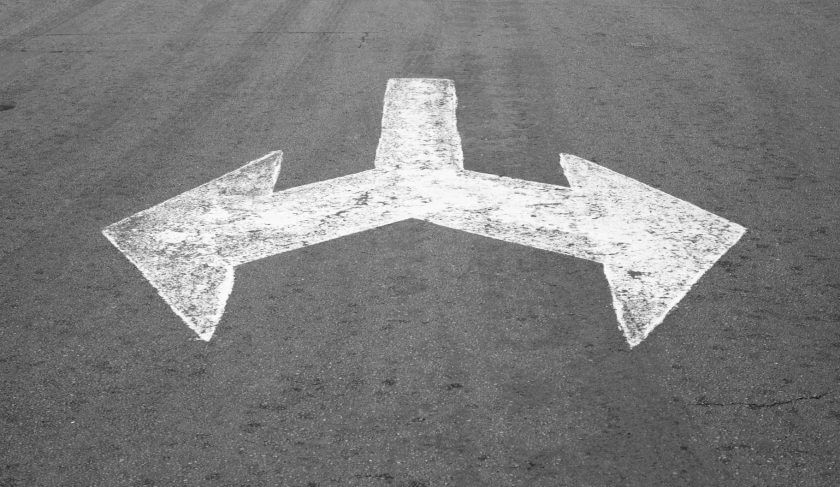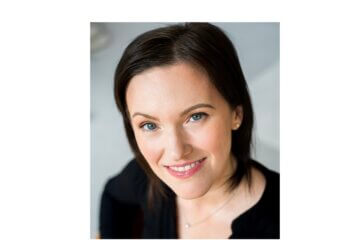
Once upon a time — practically yesterday — earning a higher rate of interest on the money in your savings account than your checking account was simply the way things always were. And then 2020 happened.
In today’s topsy turvy world, the picture is flipped:
- A quick spin around the internet shows that high-yield online savings accounts from banks like Marcus by Goldman Sachs, Ally, Synchrony and Vio currently offer APYs around 1% to 1.21%.
- But get this: High-yield checking accounts are advertising rates in the 3% to 4.25% range from institutions such as La Capitol Federal Credit Union, Consumers Credit Union and T-Mobile Money Checking. The high rate applies to the first $3,000 to $10,000 in a customer’s account, and is phased out or cut on balances above those thresholds.
Although this is just a snapshot in time, it’s unlikely that interest rates on high-yield savings accounts are going to inch higher as long as the Federal Reserve continues its low-rate strategy.
With this new dynamic, how do you choose between a high-yield savings or checking account?
What’s the difference?
The biggest difference between high-yield savings accounts versus high-yield checking accounts is the ease and convenience of accessing your money.
Withdrawals from a high-yield savings account are limited to six per month. (Although the Fed has temporarily lifted the six-per-month limit due to the coronavirus pandemic.) Also, these accounts rarely come with banking conveniences like debit cards or electronic bill payment.
Withdrawals from a high-yield checking account are unlimited and, in fact, encouraged. Banks require that customers agree to certain conditions (that help them make money) in order to qualify for the highest interest rate. Some examples, according to the FDIC: Using your debit card 10 to 15 times a month, setting up a monthly direct deposit (ACH payment), agreeing to receive electronic statements and signing up for bill payments.
Which high-yield account should you choose?
The first filter to use when deciding between a high-yield savings account vs. a high-yield checking account is the interest rate.
TIP: Don’t just compare the highest advertised rate on a checking account, though. Consider the default rate (usually around 0.01%) if you fail to meet all the criteria to earn the highest rate.
Convenience is another factor. Most high-yield accounts are offered by small regional banks or online-only ones. That can translate into extra steps for even basic transactions.
TIP: Compare things like ATMs access (and fee reimbursement), how fast deposits and transfers post, and whether or not you’re really going to be able to make 10 to 15 debit card purchases a month.
Decide when you will need the money. High-yield online savings account is a better choice for money you’re not going to touch for a while. Think emergency fund, savings for a laptop, car repairs, or charity.
TIP: If you have a longer timeframe but don’t want to expose your money to the stock market, you may get a slightly higher interest rate with a certificate of deposit (CD). The advantage with a CD is that you can lock in the rate for anywhere from a few months to a few years. The interest rates on high-yield savings and high-yield checking accounts fluctuates.
Think about required account activity. Will you generate enough account activity to earn the higher APY? Remember, many high-yield checking accounts require a certain amount of account activity (e.g. debit card purchases, ACH payments, online bill payments) that generate revenue for the bank.
TIP: A high-interest checking account can be a good fit if you own a business, are self-employed or have a side hustle. It provides a way to separate those income and expenses (with a dedicated work-related debit card) from your everyday ones. And it’s the chance to earn extra money you stash away to pay your quarterly taxes. It’s also worth considering opening a joint high-yield checking account to use for family expenses. With more than one person, it’ll be easier to satisfy the monthly account activity hurdles to qualify for the highest interest rate.
Related:
- What is a High-Yield Checking Account?
- Are High-Yield Savings Accounts Even Worth it These Days?
- How Many Bank Accounts Should I Have?
- What Is an Interest-Bearing Account?
MORE MONEY TIPS: Get them delivered to your virtual front door each week. Subscribe to the free HerMoney newsletter today!







